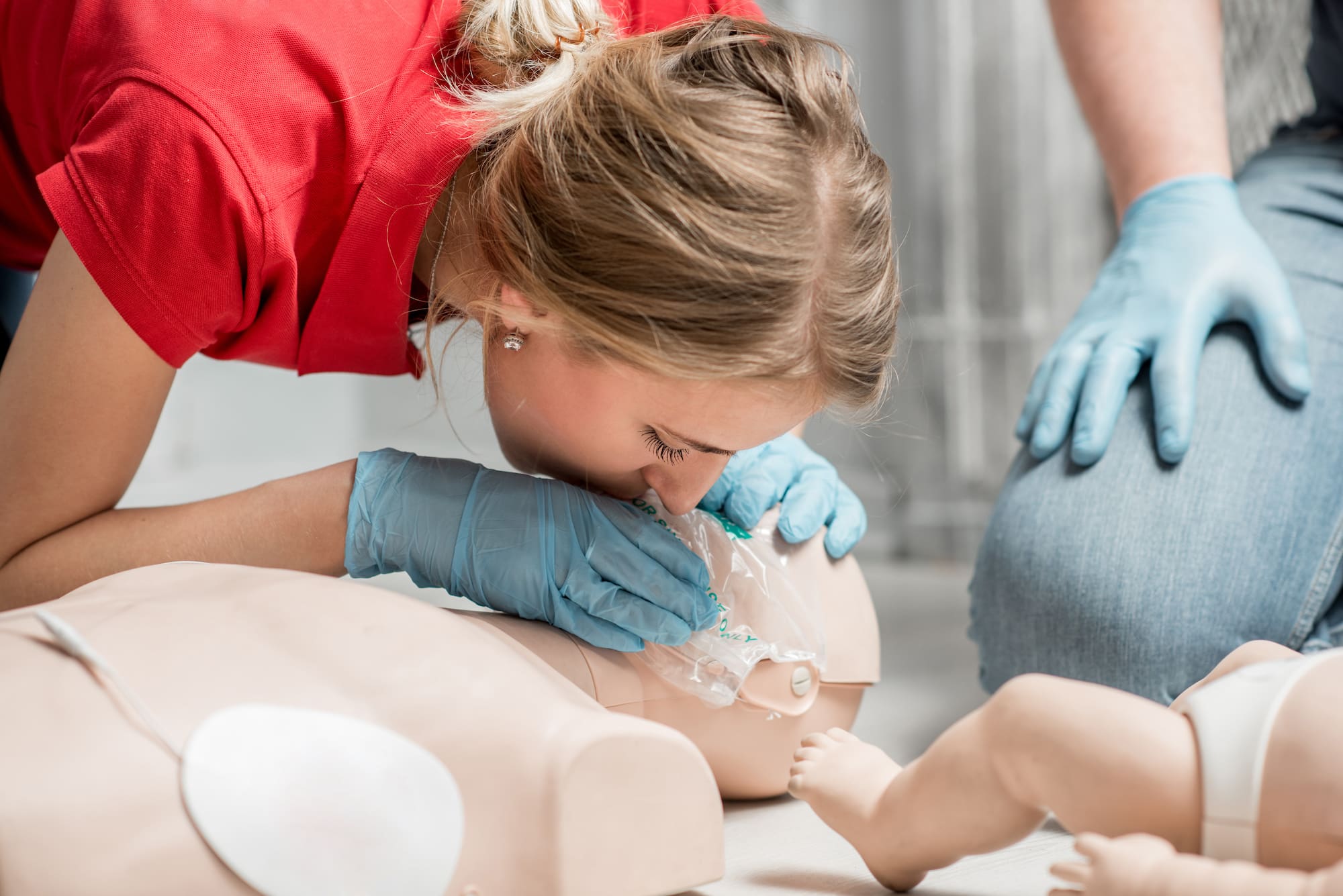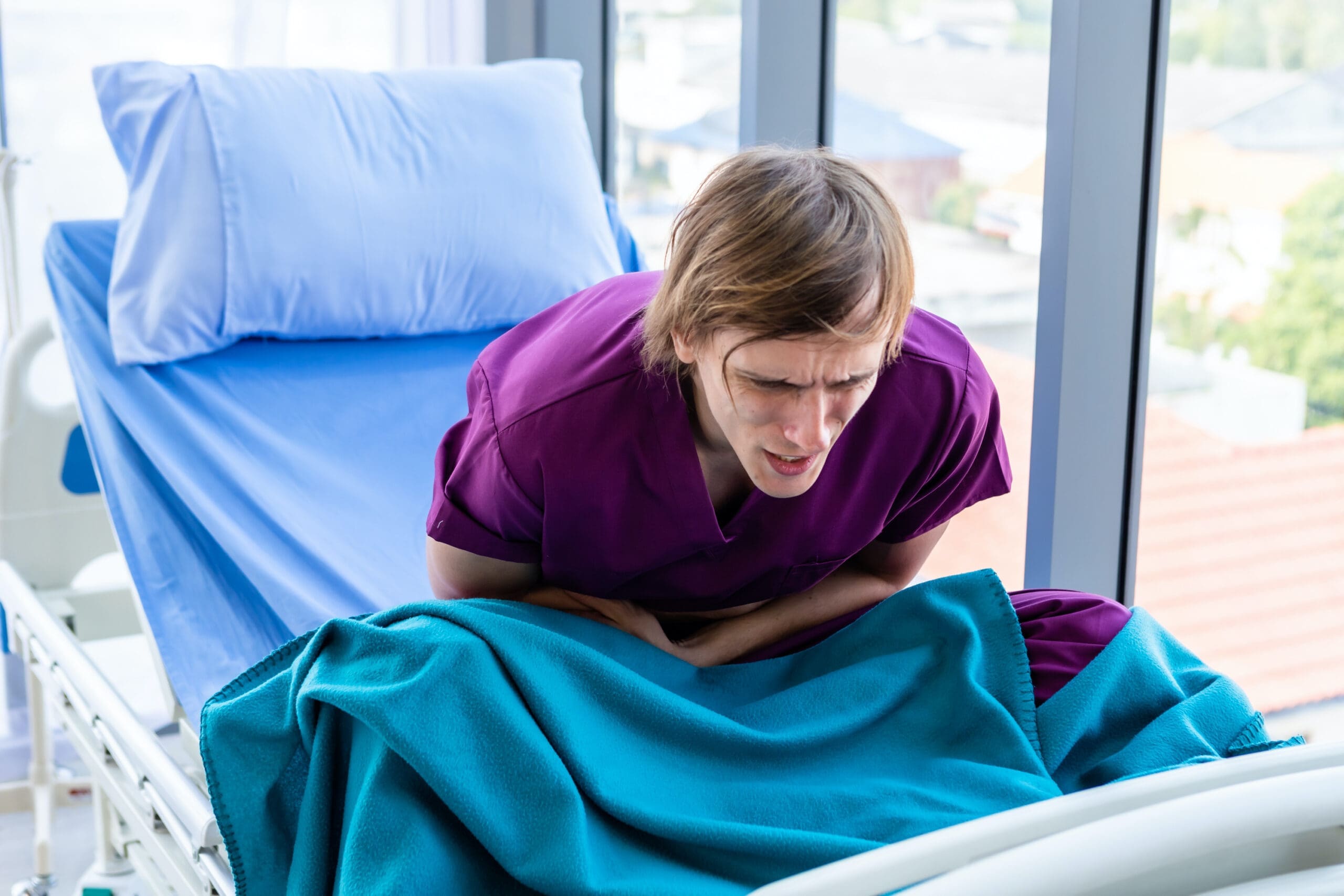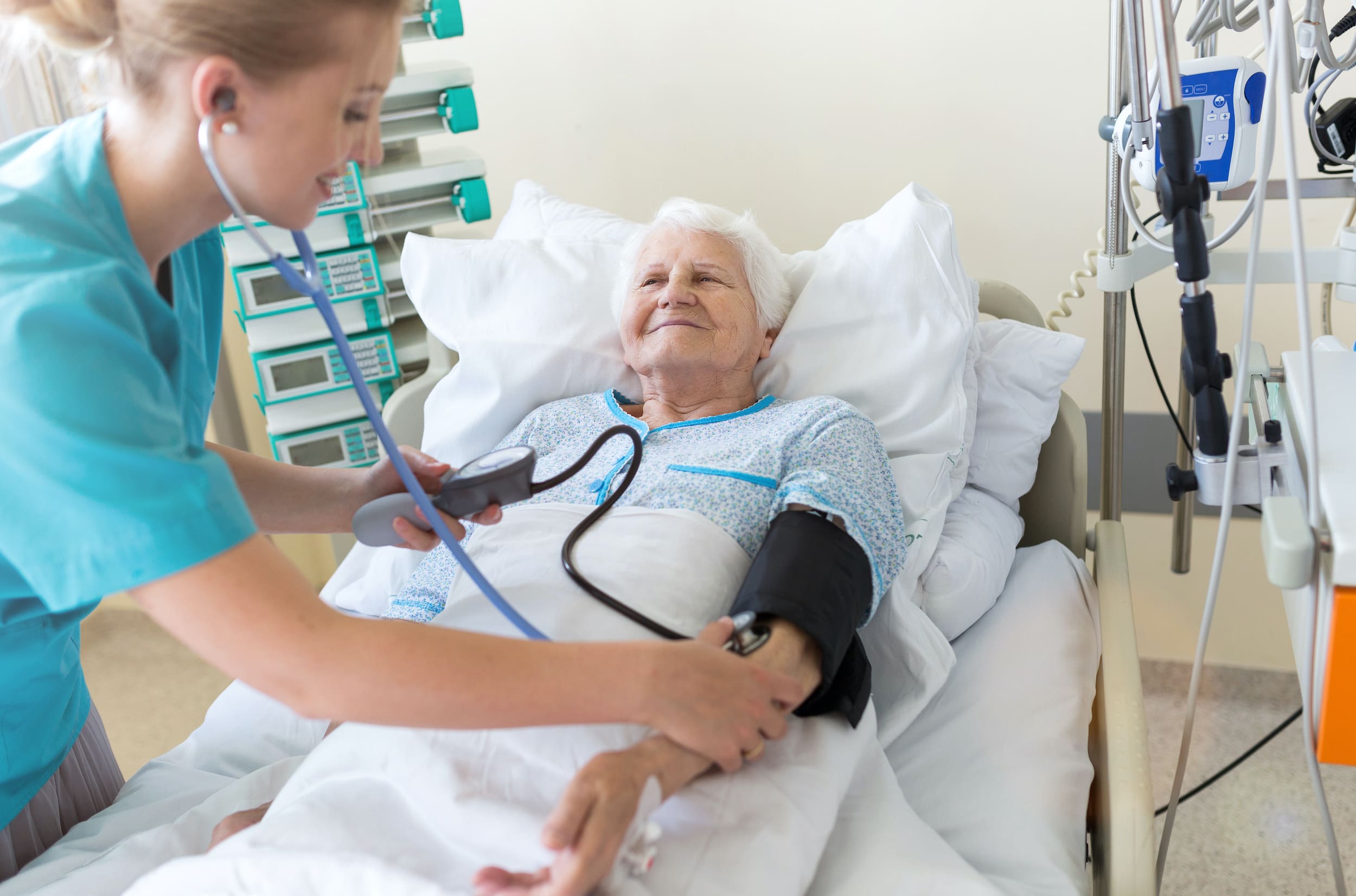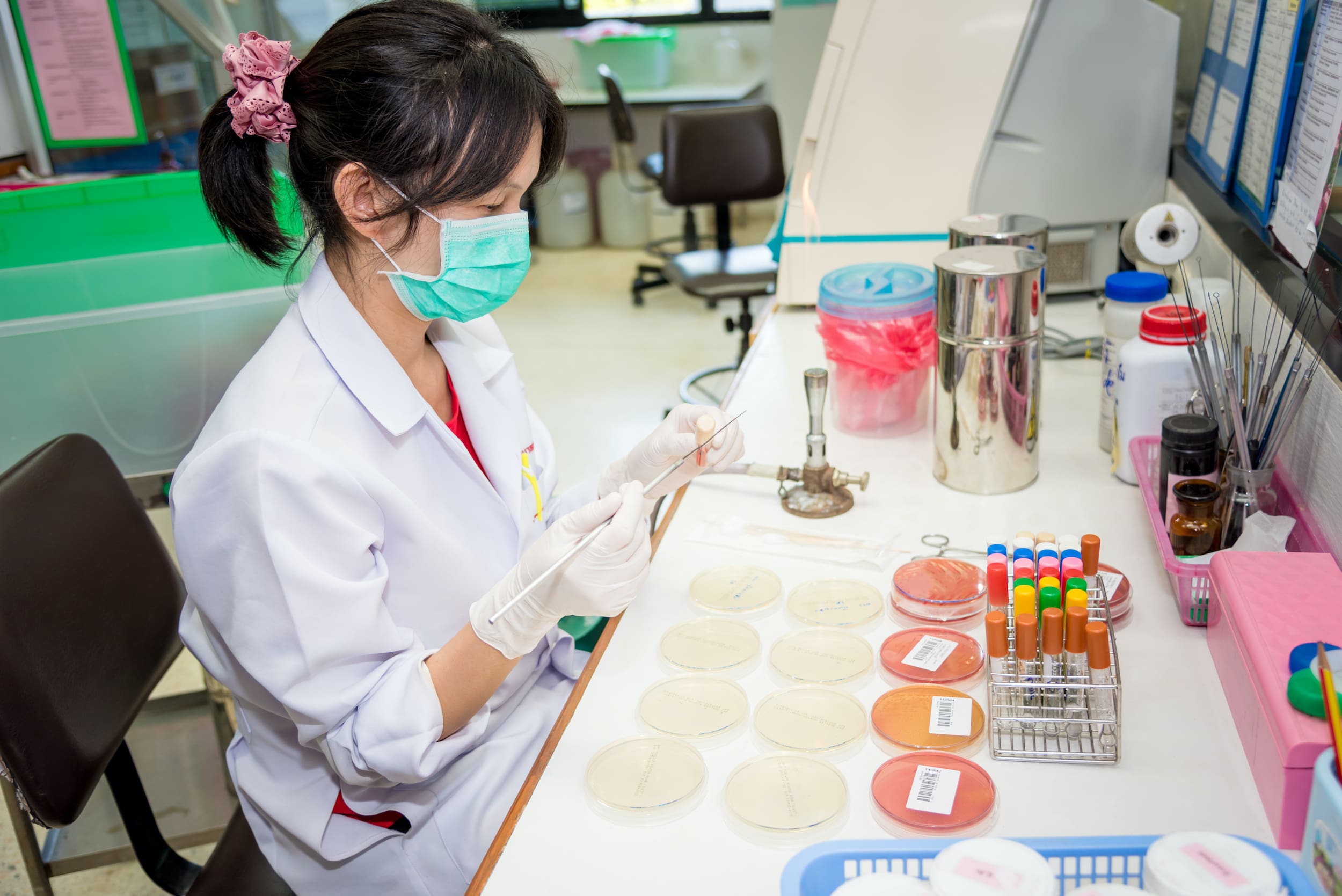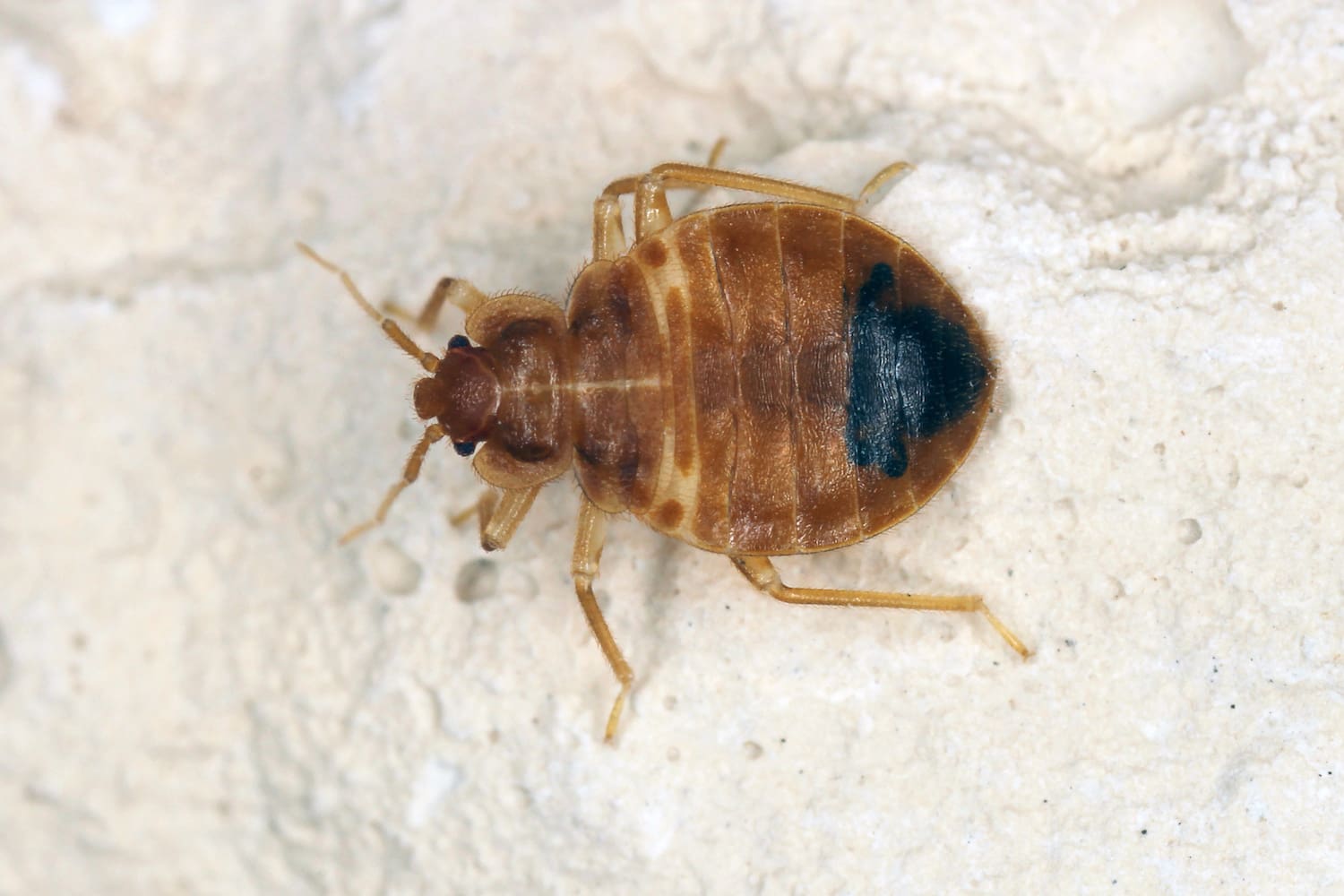While sunscreen alone doesn’t offer enough protection, it should be an essential part of your sun safety strategy. Here’s how to choose the right type for your family
First Aid and Self-Care
Carpal Tunnel
Carpal tunnel syndrome is caused when the nerve connecting to parts of the hand is squashed. It can debilitating so see your doctor urgently.
4 First Aid Steps Towards Emergency Preparedness
First aid: The importance of preparing ourselves for emergencies is universal. Here are 4 steps you can take to keep those around you safe.
E. Coli: Symptoms and Causes – Dr. Norman Swan
In this video Dr. Norman Swan briefly explains what E.coli is what is done to treat someone when it turns pathogenic and causes disease.
How Do You Treat Septicemia? Dr. Norman Swan
In this brief video, Dr. Norman Swan explains the process of how to treat septicemia in patients, once it is diagnosed.
What is Septicemia? Q & A with Dr. Norman Swan
In this brief video, Dr. Norman Swan explains the dangers of septicaemia and the risk involved if not treated quickly.
Vitamin D deficiency: What is the treatment?
In this brief video Dr. Norman Swan discusses the treatment for vitamin D deficiency, the most simplest being
— getting some sunshine.
What is Vitamin D Deficiency? Q & A with Dr. Norman Swan
Dr. Norman Swan explains what vitamin D deficiency is and why the elderly and people with darker skin are most at risk of getting it and the problems associated with vitamin D deficiency.
What are Bed Bugs? Dr. Norman Swan
In this brief video, Dr. Norman Swan explains what bed bugs are and the difficulty they preset to those that experience them.
How Do You Identify and Prevent Burnout?
Dr. Matthew Cullen defines what a burnout is, what leads to a burnout and how we can make some lifestyle adjustments to ensure we don’t experience one ourselves and also help our friends and colleagues.



